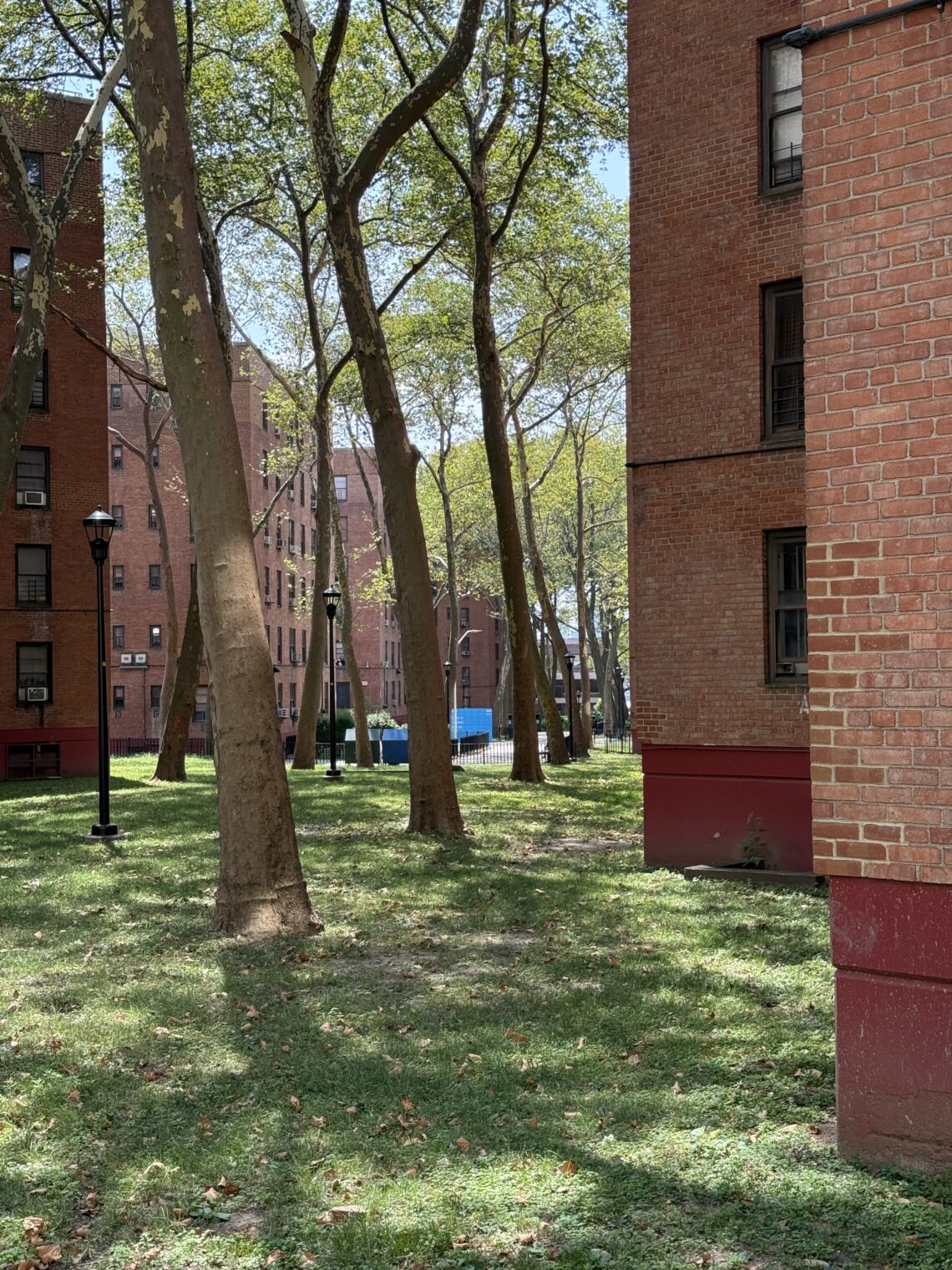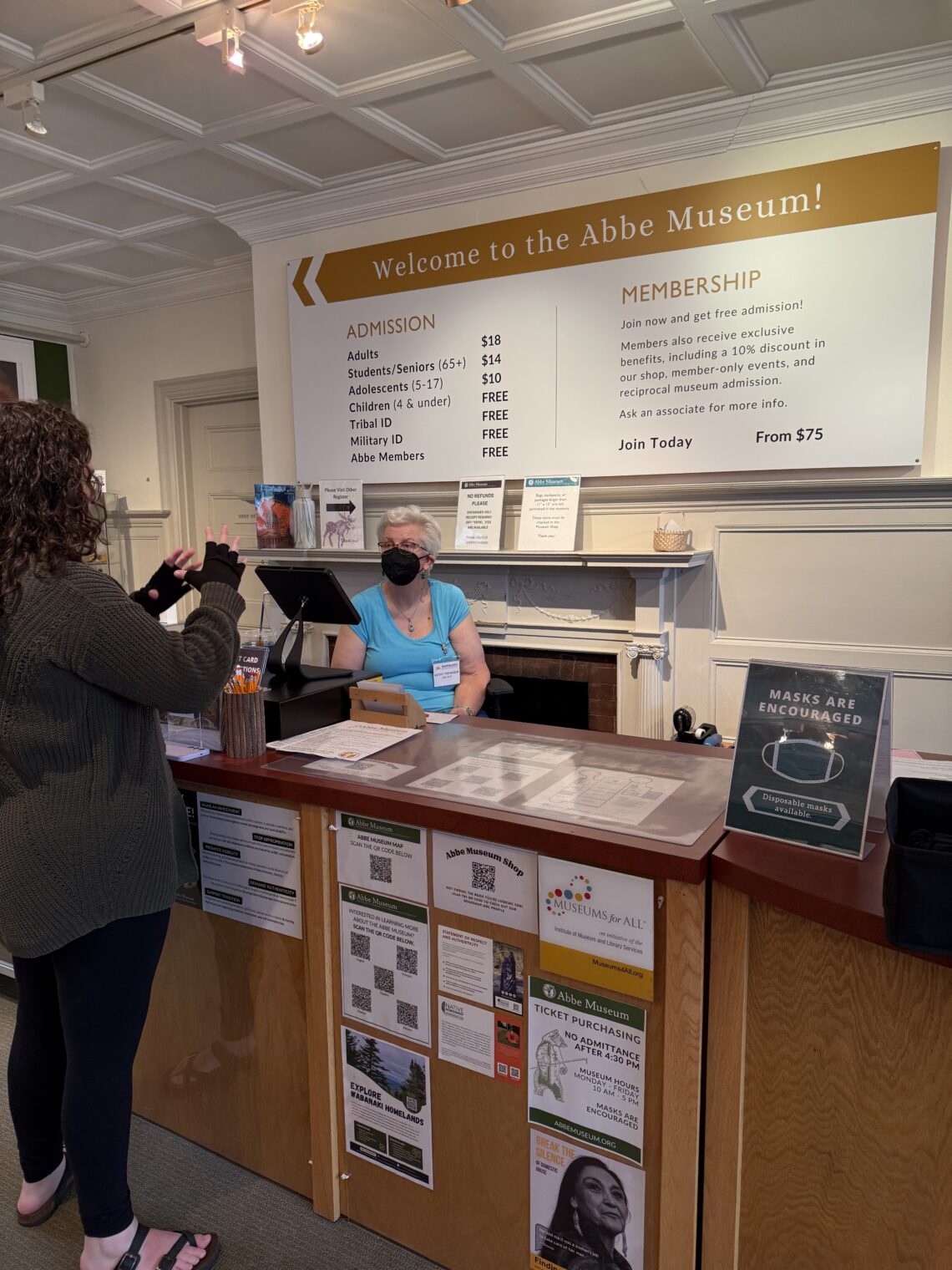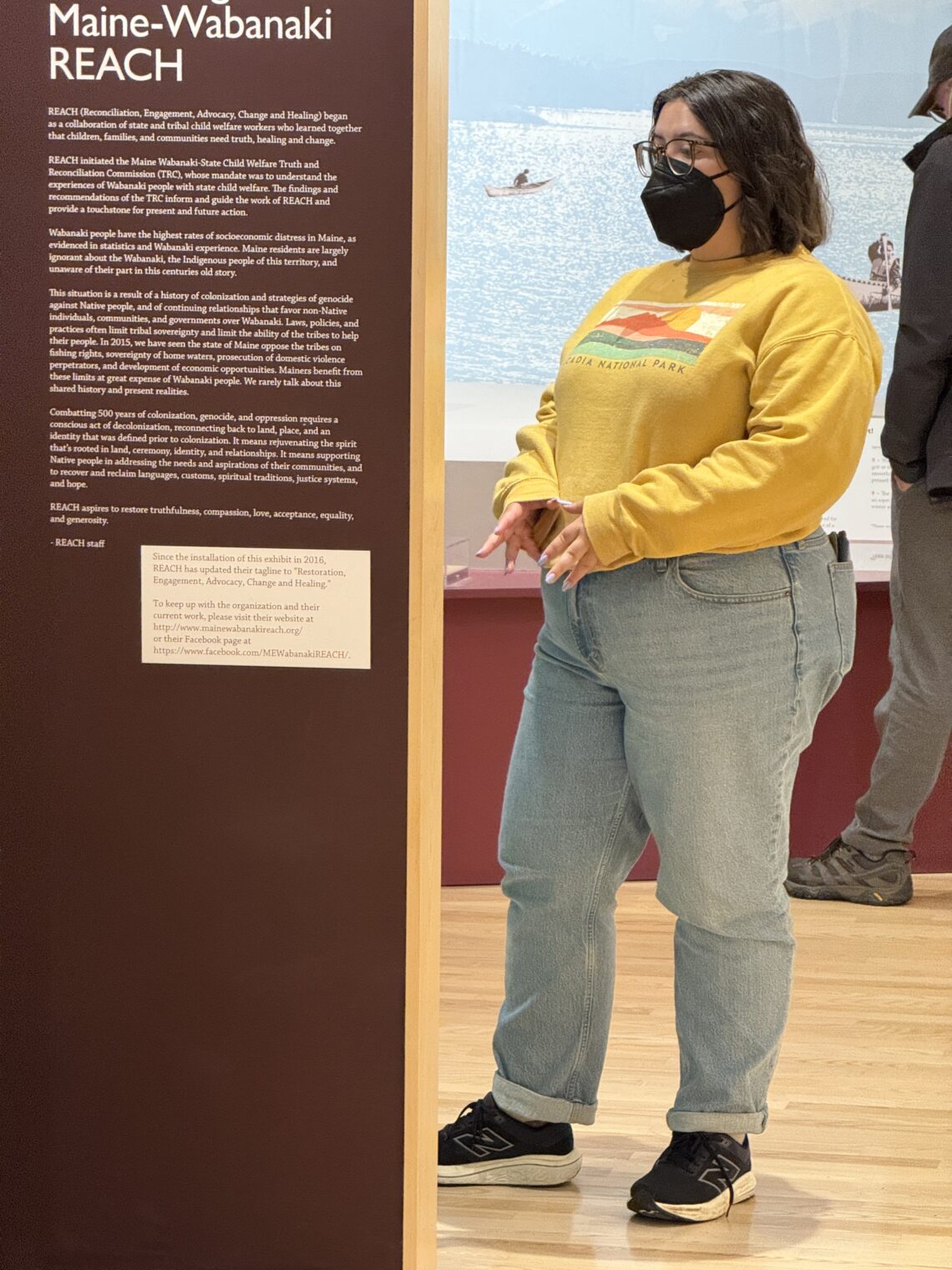Rich inequality-haters are upset about getting less federal money
“Trump Targets Democratic Districts by Halting Billions During Shutdown” (NYT, October 14, 2025):
Two weeks into the government shutdown, the Trump administration has frozen or canceled nearly $28 billion that had been reserved for more than 200 projects primarily located in Democratic-led cities, congressional districts and states, according to an analysis by The New York Times.
Each of these infrastructure projects had received federal aid, sometimes after officials spent years pleading in Washington — only to see that money halted as President Trump has looked to punish Democrats over the course of the fiscal stalemate.
The projects include new investments in clean energy, upgrades to the electric grid and fixes to the nation’s transportation infrastructure, primarily in Democratic strongholds, such as New York and California.
The article goes on to describe parts of the U.S. that are much richer than average, e.g., New York City, and Chicago, and where nearly 100 percent of those in power say that they want inequality in the U.S. reduced.
I can’t figure out why these haters of inequality asked for the money to begin with. The only position that would be consistent with their stated principles would be “We’ll pay for what we need ourselves. Don’t even think of giving us federal money until Buffalo, Providence, and Detroit have been lifted up to an equal level of per-capita income.”
A few photos from my August trip to the Mamdani Caliphate (there were about 15 marijuana stores within two blocks of my Lower East Side hotel and the density fell to 0 once one got to Chinatown (Asians don’t want to maximize their health?)):



The last photo in the series is of the Vladeck Houses, a public housing project on prime Lower Manhattan land (note the luxurious amount of land devoted to green space; no non-government development in Manhattan has anything like this). The city could sell this land to a private developer, give each resident enough money to buy a single-family house almost anywhere in the U.S., and might still have enough money to fund all of the fancy infrastructure projects for which they’re trying to feed at the federal trough.
I posted the above idea as a comment on the article and it drew at least 12 angry replies. The righteous agree that the rich hard-working Blue states should keep 100% of their money and stop subsidizing lazy unproductive Red states. Inequality, apparently, isn’t something to fight against when Blue is richer than Red. Here are some of the responses:
These places also contribute far more money to the Federal coffers than they get in return unlike the majority of red states that receive far more in federal aid than they contribute. Maybe it’s time to stop the free loading. If blue states are going to get cheated by the federal government perhaps we should stop funding it. See how the red states feel about it when there are no blue state dollars coming to their aid.
since they pay the vast majority of the taxes, they’ve earned it. Blue states: makers; Red states: takers
There would BE NO federal funding without these states. They supply almost ALL of it, and the red states leech off that. Residents of the states paying in deserve federal funds as much as the freeloaders.
A migrant who enjoys a fully taxpayer-funded lifestyle in NYC is not a “freeloader”, but everyone in a Red state is a “freeloader”.
(Separately, much of the data on maker/taker states is distorted by retirement moves. A person might pay into Social Security and Medicare through age 65 while living in New Jersey, for example, and then collect Social Security and Medicare benefits in Florida or South Carolina after a post-retirement move. This makes it look as though NJ is subsidizing SC/FL even though it is just the younger self of the older beneficiary who is paying (assuming that we accept the accounting fictions of Social Security/Medicare).)
Finally, how’s everyone’s shutdown going? The media is reporting a complete meltdown of Air Traffic Control. However, we did a flight on Sunday to Tampa International and ATC was apparently fully staffed because they cheerfully gave us (optional for them) VFR advisories. The only drama was that 2/3 runways at KTPA were closed for maintenance, leaving only 1L, which requires a 12-step program to reach from the FBOs. The ground controllers would give single-pilot piston aircraft Russian novel-length instructions and then be surprised when 1956 Cessna 172 flying club pilot couldn’t follow them correctly. For someone leaving Sheltair, the directive from ground control might be “Romeo 2 to right turn on Sierra to left on Sierra 2 across 28 to November 3 to left turn on November to hold short 1 Right then right turn Lima then left Juliet then left Victor then right Victor 1 then left Whiskey to 1 Left” (the “hold short 1L” is implicit).
(On arrival, the ground controller said “You’re going to Signature, right”, referring to the Gulfstream-fueling operation substantially owned by Climate Change Alarmist Bill Gates. I responded “Are you kidding? I can’t afford Signature.” We actually did go to Signature TPA once (see Merry Christmas to the Sea Turtles).)
How did your blog host do on the 12-step program? I didn’t even try it! The magic words: “Request progressive.” (progressivism is always great, as I’m sure everyone will agree)
Full post, including comments



















